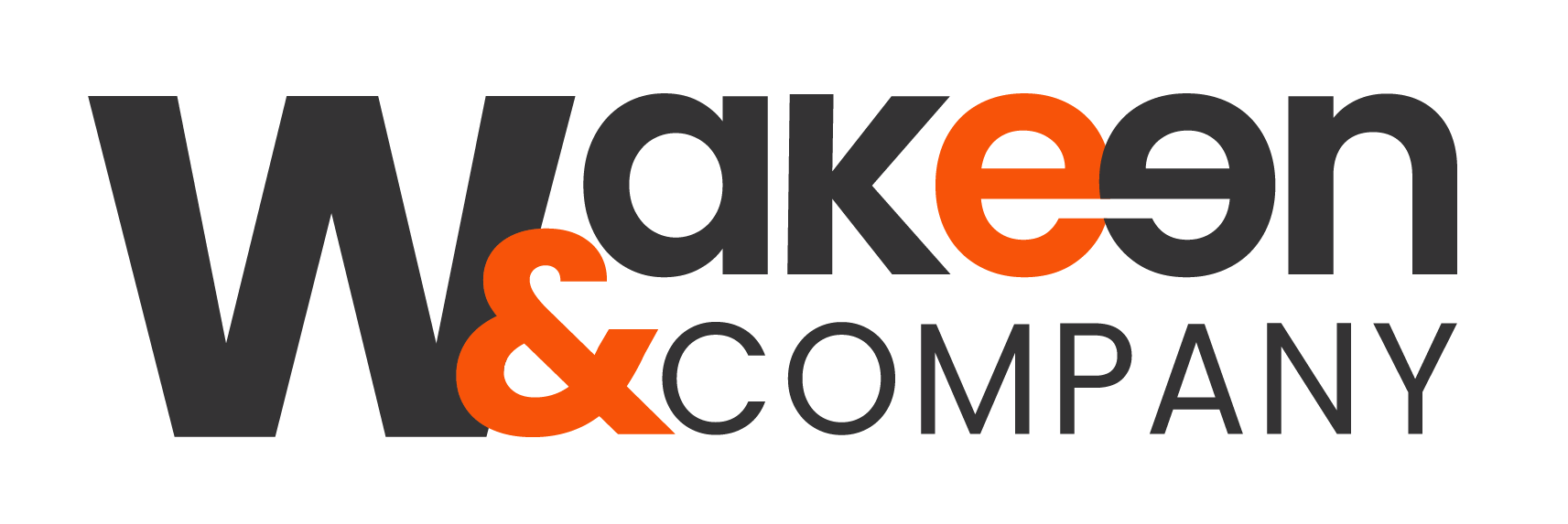Creating visually appealing content is no longer enough to capture the attention of your audience. To truly maximize the impact of your video marketing, it’s essential to leverage data at every stage of your video strategy—from planning to post-campaign analysis. Here are four ways to effectively use data to optimize your video marketing efforts:
- Apply Demographic and Behavioral Data
- Use A/B Testing
- Tailor Videos to the Platform
- Target Each Audience with a Unique Message
Let’s dive into video strategy!
1. Apply Demographic and Behavioral Data
This step should really precede the creative process and carry straight through to placement and distribution. Start by understanding who your audience is and what resonates with them. Demographic data, such as age, gender, education, and income level is a good place to start. However, the real power is combining the basics with behavioral insights such as interests, intent to buy, sentiment, and past activity. This not only helps shape the messaging and tone of your videos but determines placement as well.
Finding the intersection of messaging, placement, and creative execution can feel daunting, but using the data available can significantly increase your chances of a successful campaign.
For example, a younger audience might prefer short, energetic videos that reflect their fast-paced digital consumption habits, while an older demographic might engage more with detailed, informative videos. By aligning your video content with the specific desires and behaviors of your audience, you ensure that your messaging speaks directly to what matters most to them. Likewise, if you know that your audience prefers attending live sporting events over visiting museums, then you will likely want your media buy to include Thursday Night Football or March Madness versus a sponsorship with PBS.
- Analyze your audience data from platforms like Google Analytics, Claritas, social media insights, US Census data, or customer surveys to understand your viewers’ demographics. For B2B companies, your local Chamber of Commerce or Economic Development association can be a wealth of information.
- Ensure your content and messaging address their specific pain points, needs, and preferences. A resource like SEM Rush can unlock the mysteries of how consumers are searching for products and services.
2. Use A/B Testing
Video production is an investment. When possible, create multiple versions of each video with variations in messaging, length, style, or even thumbnail image, and track how each performs over time. Identifying several variations of the message in the pre-production phase will save you time and money in the long run. By measuring key metrics such as view rates, click-through rates, and conversions, you can identify what type of video resonates best.
Constantly refine your video content based on shifting trends and preferences to ensure you are publishing content that will perform optimally without abandoning your overarching video strategy.
- Run A/B tests on video variations to discover which format, length, or messaging delivers better results.
- Track performance metrics such as engagement rate, retention rate, and conversion rate for each variation to make informed decisions on future content.
3. Tailor Videos to the Platform
Every platform has its own audience and mode of engagement. It’s critical to tailor each piece of content accordingly. What works on traditional streaming may not work on Instagram or Facebook. While things like production quality and clever scripting might differentiate you from the competition on an OTT/CTV platform, those same qualities will feel corporate and forced on a social platform that thrives on authenticity and organic content.
When developing a video strategy, consider the platform’s audience, preferred video format, and how users typically consume content. The goal is to create platform-specific videos that align with user behavior and expectations, thereby increasing engagement and effectiveness.
- Optimize video length and format for each platform. For example, a 2-minute educational video might work well on YouTube, while a 15-second teaser or behind-the-scenes clip may be ideal for Instagram Reels.
- Use platform-specific features, such as YouTube’s annotations or Instagram’s stories, to enhance your videos’ interactivity and boost engagement.
4. Target Each Audience with A Unique Message
Highly targeted messaging is crucial to effective video marketing. With the availability of advanced targeting tools businesses can zero in on specific segments of their audience and deliver personalized video content with messaging designed just for them.
Tailoring your videos to address the specific needs or interests of a specific audience segment can greatly increase the relevance and effectiveness of your video marketing efforts.
- Leverage advanced audience targeting features across platforms to reach the right people at the right time.
- Create segmented video content that speaks directly to the interests and needs of different customer personas within your audience.
Conclusion
In an era where attention spans are short and competition is fierce, data is the key. Using demographic and behavioral data to inform content creation levels the playing field and empowers small brands to compete with the big boys. (Not to mention driving engagement, conversions, and long-term brand growth!)
Organizations that succeed with video marketing create highly relevant, impactful, and performance-driven content. Now is the time to start utilizing the wealth of insights at your disposal to make killer videos.





